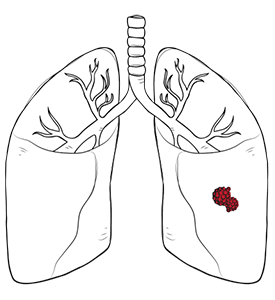
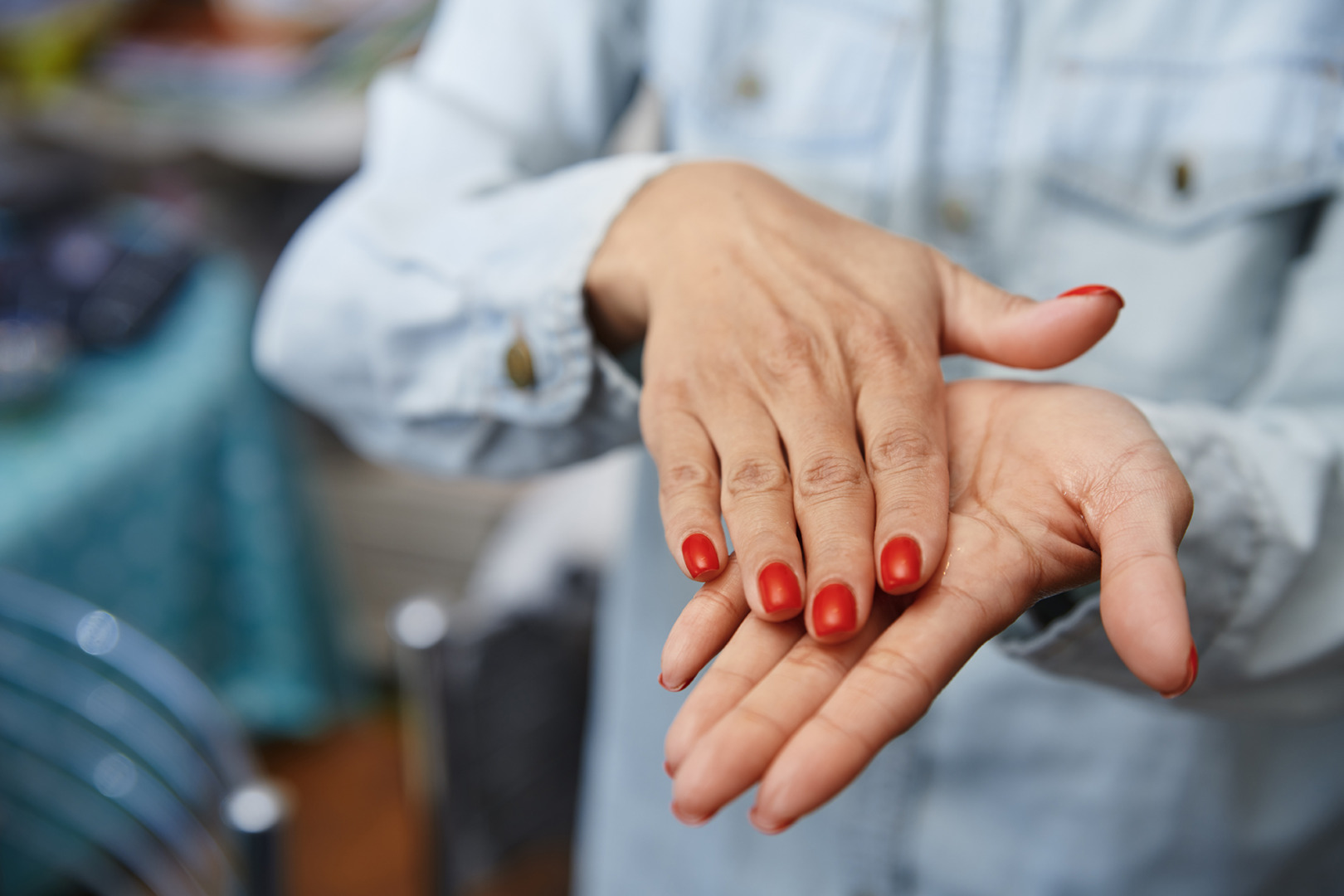
Sweaty palms, medically known as palmar hyperhidrosis, is a condition characterised by excessive sweating of the palms, and often the soles of the feet, resulting from the overactivity of the sweat glands in these areas. Palmar hyperhidrosis is a condition characterised by excessive sweating in the hands, often due to the overactivity of the sympathetic nervous system. This form of hyperhidrosis is one of the most common, and it can be both physically uncomfortable and emotionally distressing.
When considering treatment options, it is essential to discuss the potential risks, side effects and success rates with your healthcare provider. Hyperhidrosis is a manageable condition. With the right approach, you can significantly reduce symptoms and improve your quality of life. If you are struggling with sweaty palms and feet, seeking professional advice is the first step toward effective management and lasting relief.
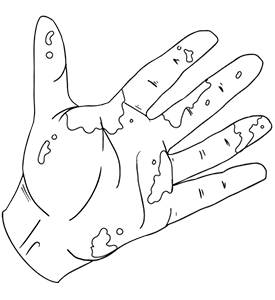
The symptoms of palmar hyperhidrosis can be both physical and emotional. Individuals may notice their palms becoming damp, clammy, or even dripping with sweat, which can make everyday tasks, such as holding a pen, using a smartphone, or shaking hands, challenging and, sometimes, embarrassing. In addition to the discomfort, the condition can lead to social anxiety and self-consciousness, especially in situations where hand contact is expected.
Several common triggers can worsen sweaty palms. Emotional stress and anxiety are frequent culprits. The nervous system responds to these states by increasing sweat production. Environmental factors, such as hot and humid weather, can also exacerbate symptoms by raising body temperature and stimulating the sweat glands in the skin. Certain foods, particularly spicy dishes, and some medications may further contribute to excessive sweating. Additionally, underlying medical conditions, such as thyroid disorders, diabetes, or hormonal imbalances, can also be associated with increased sweating of the palms and soles.
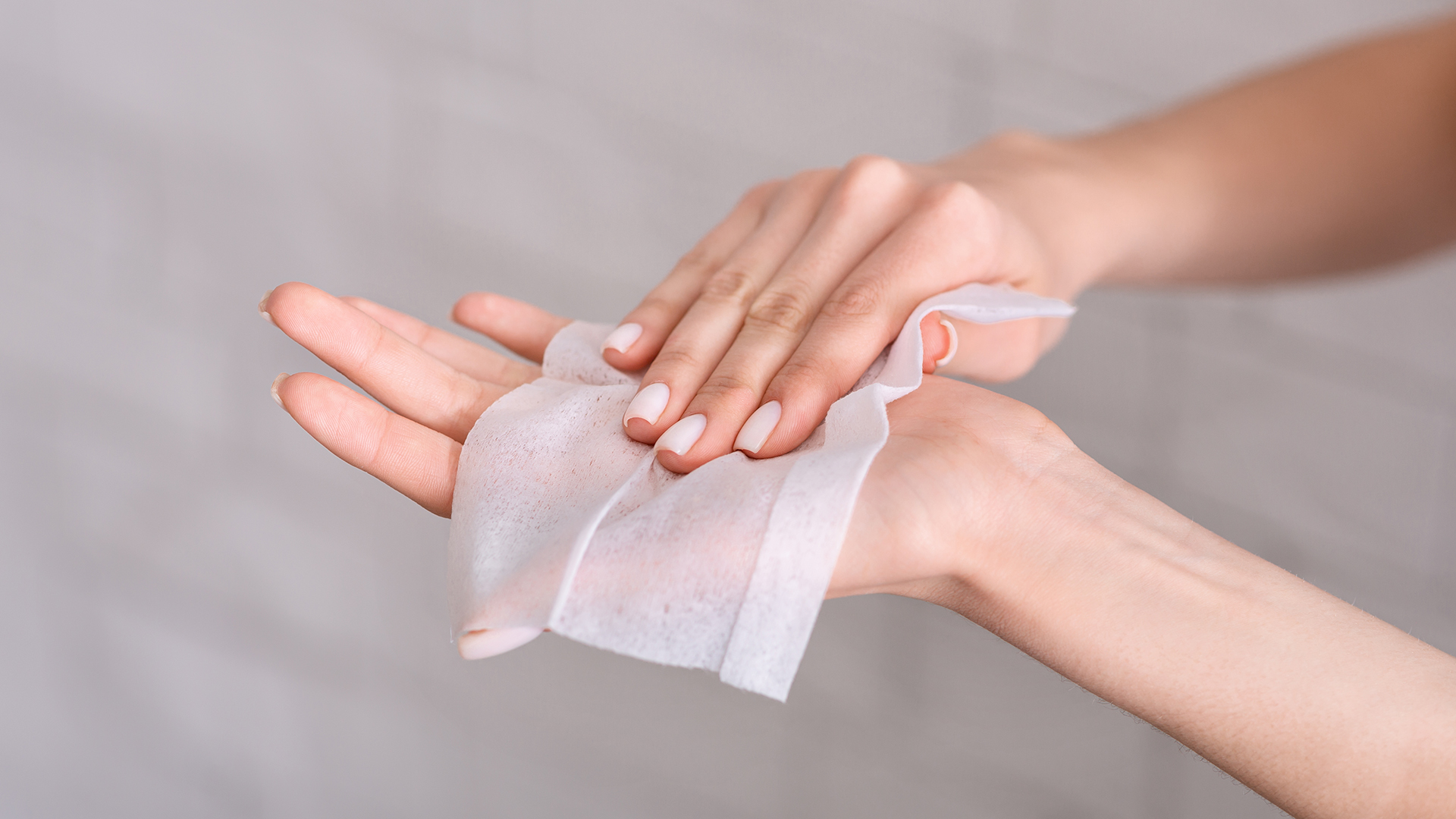
If you experience persistent or severe symptoms, it is essential to consult a healthcare professional or a senior consultant for a thorough evaluation. A proper diagnosis can help identify any underlying causes and guide you toward the most effective treatments. Options may include topical antiperspirants containing aluminium chloride, iontophoresis (a procedure that uses mild electrical currents to reduce sweating), or botulinum toxin injections to block the nerve signals that activate the sweat glands temporarily. In more severe cases, sympathectomy sweaty palms surgery may be considered. This minimally invasive operation involves making small skin incisions and interrupting the sympathetic nerves responsible for excessive sweating, often resulting in a high success rate.
While side effects and risks are associated with each treatment, a healthcare professional can help you weigh the benefits and choose the best approach for your condition. With the right advice and management, individuals living with palmar hyperhidrosis can significantly reduce their symptoms and regain confidence in daily life.
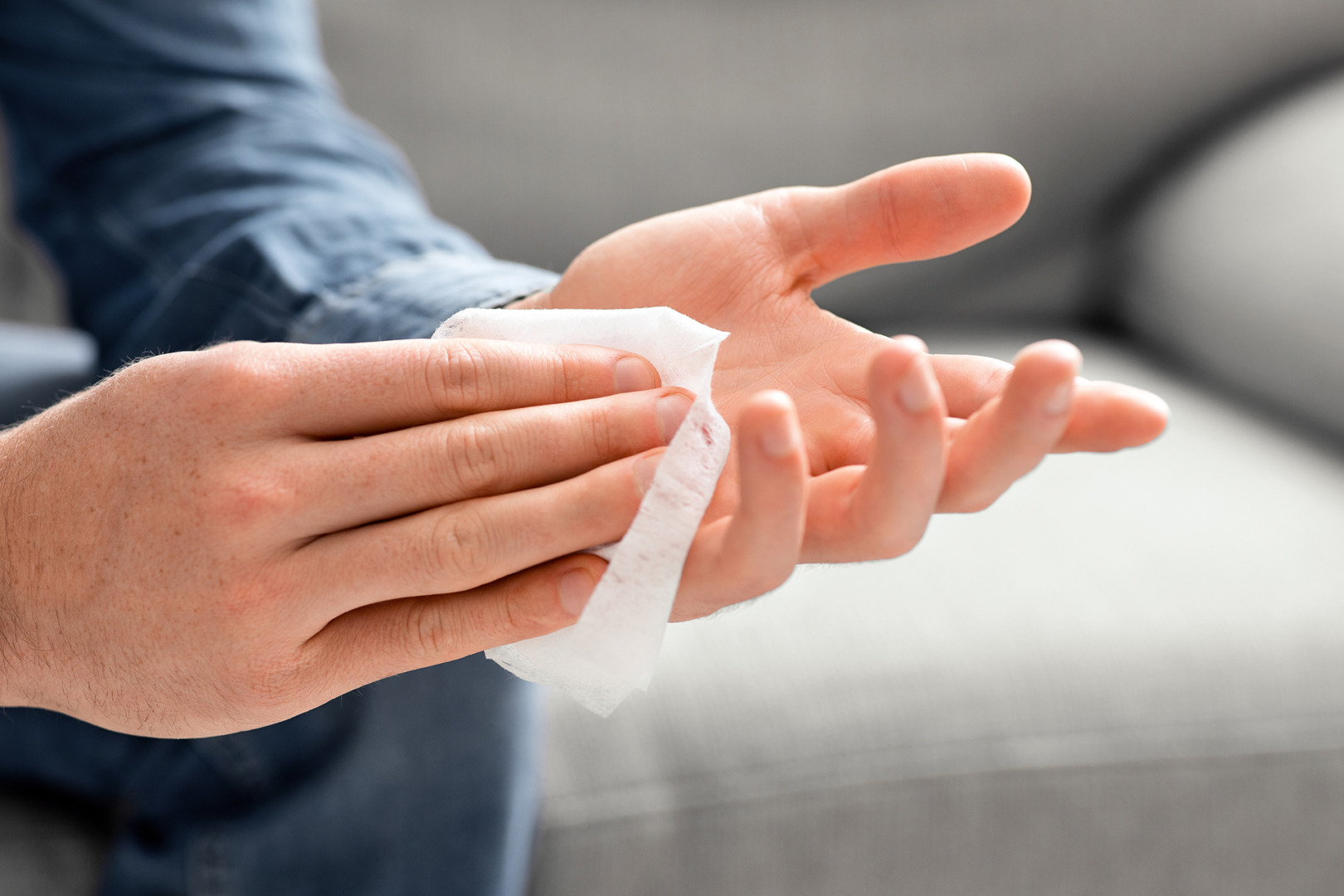
An overwhelming majority of our 3 to 4 million sweat glands are concentrated in the palms and the soles of the feet, so it’s no surprise that many people struggle with sweaty palms. Sweating is the body’s natural response, facilitated through the sympathetic nervous system, to regulate body temperature and manage stress. The sympathetic nervous system, which controls the body’s response to stress and regulates sweat production, plays a central role in this condition. When the sympathetic nervous system sends too many nerve signals to the sweat glands, it results in persistent and sometimes severe palm sweating, even in the absence of heat or stress.
For those living with this condition, sweating often starts without warning. Palms become cold and damp, sometimes even dripping with moisture. They may take on a pale or bluish tint, and in some cases, swelling appears around the fingers. These symptoms typically occur in both hands and are unrelated to anxiety or underlying systemic issues in many cases.
In cases where both palmoplantar and axillary hyperhidrosis are present, symptoms typically begin in childhood or adolescence and become more noticeable around the age of 25. And, contrary to popular belief, sweaty palms do not affect one gender more than the other. Women, however, are often more likely to seek medical treatment. Palmoplantar hyperhidrosis is more than just a physical annoyance; it can disrupt daily life. Tasks as simple as writing, using a touchscreen, or shaking hands can become uncomfortable or even embarrassing. For many, the search for a permanent sweaty palms cure becomes essential to reclaim quality of life.
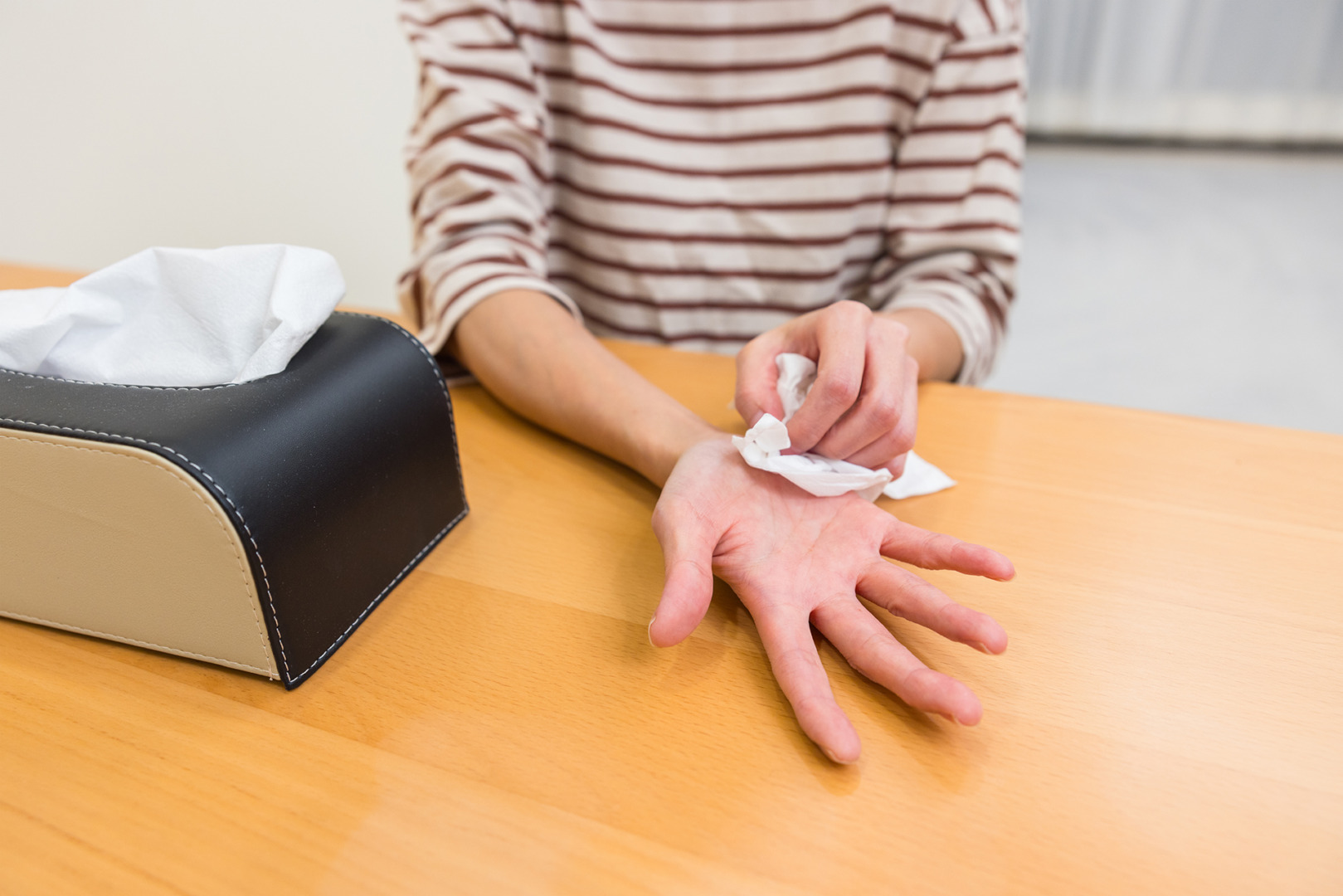
At Neumark Lung & Chest Surgery, our experienced thoracic team will conduct a thorough physical examination and review your medical history to ensure a comprehensive assessment. Understanding your unique presentation of symptoms enables us to recommend the most suitable treatment for sweaty palms tailored to your specific needs.
During the diagnostic process, healthcare providers assess the severity and pattern of sweating, review the family history, and rule out potential underlying conditions. This comprehensive approach ensures that the recommended treatment for sweaty palms addresses the root cause rather than merely managing symptoms.
Before considering surgical intervention, many healthcare providers recommend exploring conservative approaches to how to treat sweaty palms. These methods can provide significant relief for some individuals and may include topical treatments, medications and procedural interventions.
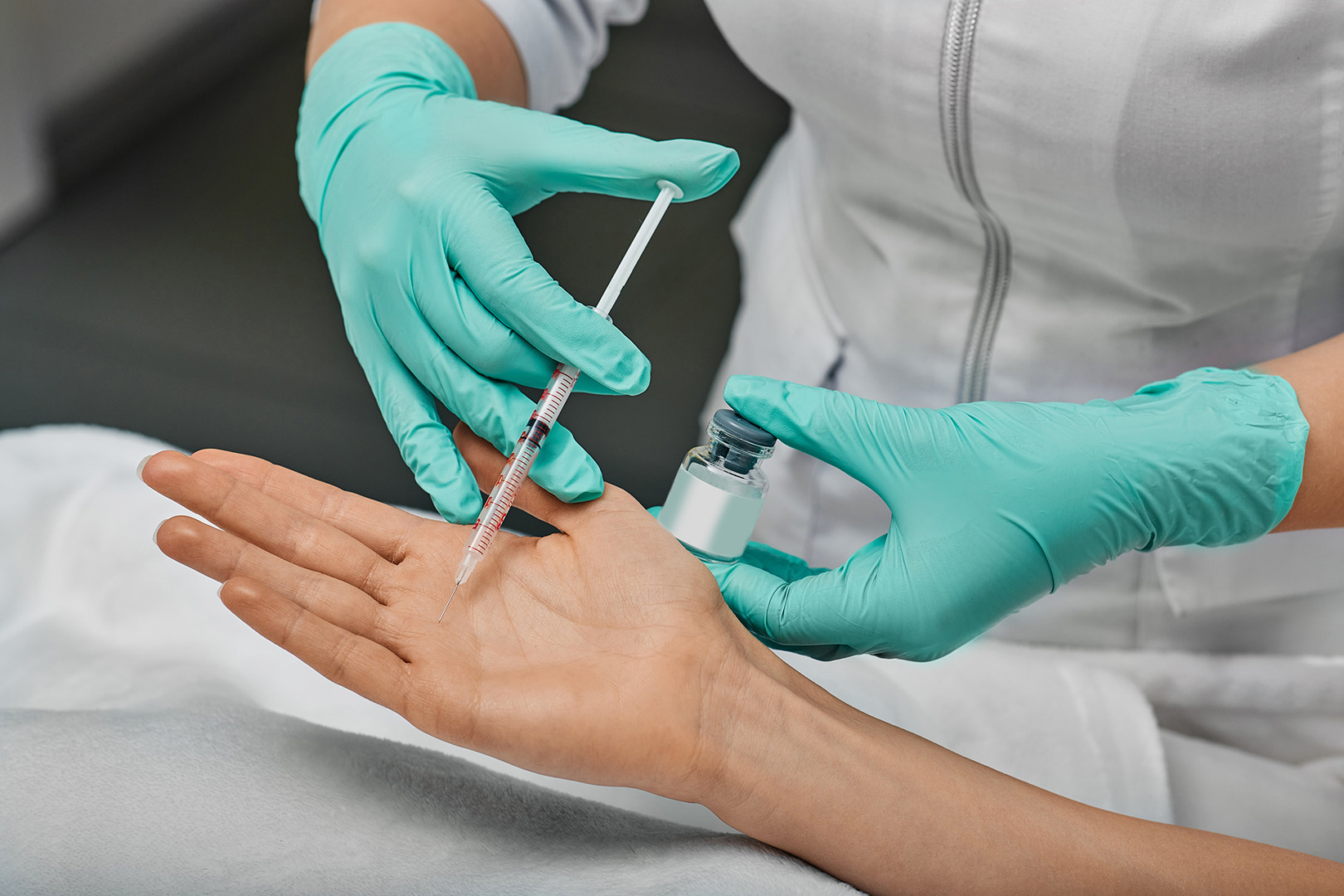
Neumark Lung & Chest Surgical Centre offers a range of personalised sweating palms treatment options to cure sweaty palms permanently. Whether you’re researching natural remedies for sweaty palms or considering surgical intervention, Neumark provides a personalised path forward tailored to your specific situation.
Sweaty palms treatments can range from conservative to surgical, depending on the severity of symptoms and patient preference. While topical antiperspirants or oral medications may provide some relief, they often fall short for those with persistent symptoms.
For patients who have tried multiple therapies without success, surgery for sweaty palms may be the best course of action. The operation, known as video-assisted thoracoscopic sympathectomy (VATS), is the most effective minimally invasive procedure, targeting the nerves responsible for overactive sweat glands.
At Neumark, our team uses state-of-the-art techniques in sweaty palm surgery. During the procedure, a small video scope is inserted between the ribs through small skin incisions, allowing the surgeon to enter the thoracic cavity and locate and either clip or cauterise the sympathetic nerve chain that triggers excessive sweating. This technique offers a long-term, and in many cases permanent, sweaty palms cure with success rates close to 100%.
After the procedure is completed, a chest tube may be placed to remove air from the thoracic cavity and facilitate lung re-expansion. In some cases, a chest drainage tube is also used to manage air or fluid in the thoracic cavity and support recovery after the operation.
VATS is particularly beneficial for patients seeking a permanent solution for sweaty palms without an extensive downtime. The minimally invasive approach allows for faster recovery, fewer complications, and less post-operative pain compared to traditional open surgery. Compensatory sweating is a common side effect, but most effects are manageable during recovery.
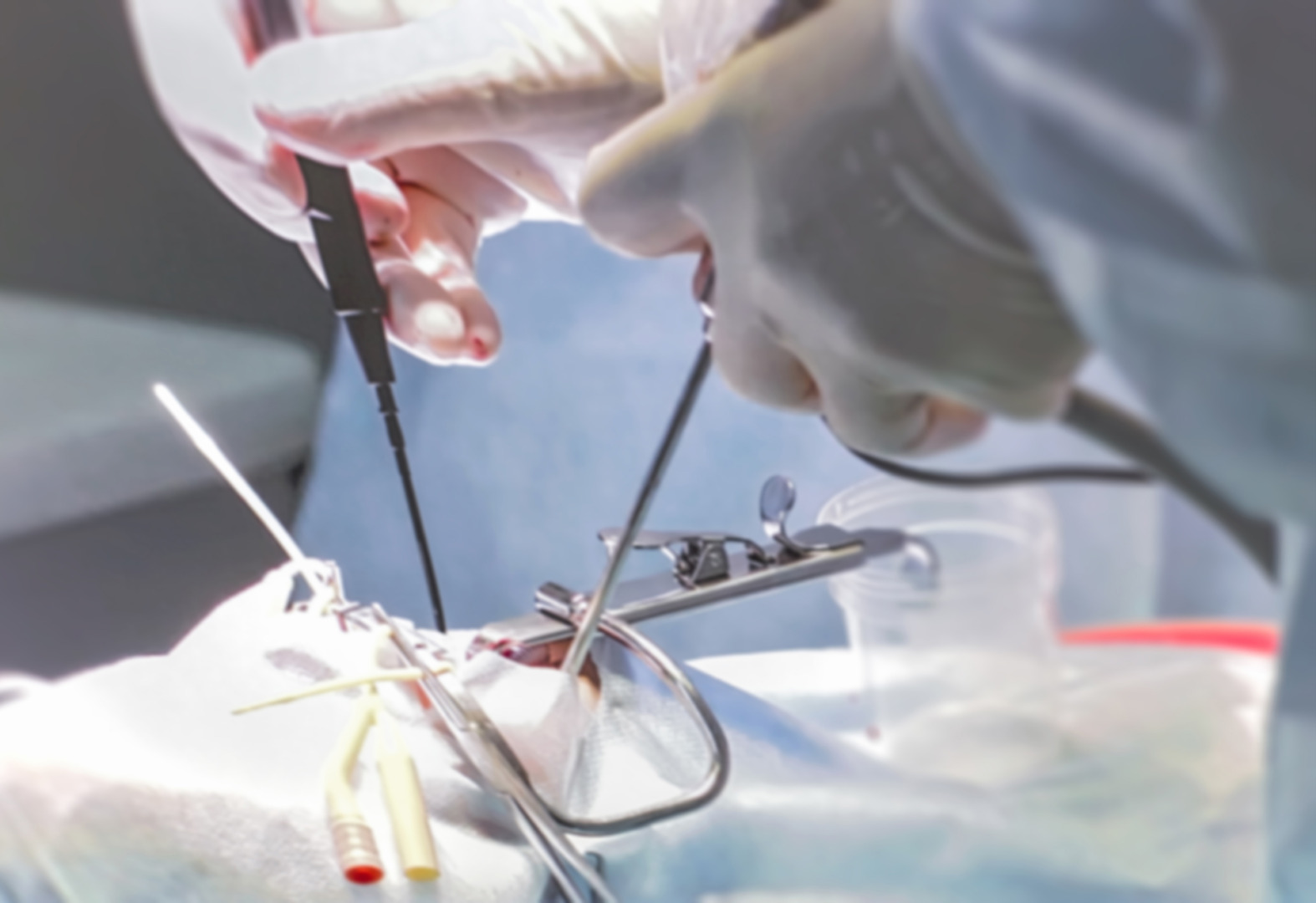
Understanding the recovery process for sweaty palms helps patients prepare for their journey towards dry hands. How long does it take to recover from surgery for sweaty palms? Recovery time after surgery, such as video-assisted thoracoscopic sympathectomy, varies from patient to patient.
Sweaty palms can be treated minimally and on an outpatient basis. Most patients can return to normal activities within a week, although strenuous activities should be avoided for at least two weeks. Your surgeon at Neumark’s Sweaty Palms Clinic will provide specific post-operative instructions and guidance on your recovery process.
The immediate postoperative period typically involves minimal discomfort, which can be effectively managed with over-the-counter pain medications. Patients typically experience an immediate cessation of palm sweating following the procedure, which provides instant psychological relief and a confirmation of surgical success.
Most individuals can return to desk work within a few days of their sweaty palm surgery, though heavy lifting and vigorous exercise should be avoided during the initial healing period. The small incisions heal relatively quickly, and scarring is typically minimal due to the minimally invasive nature of the procedure.
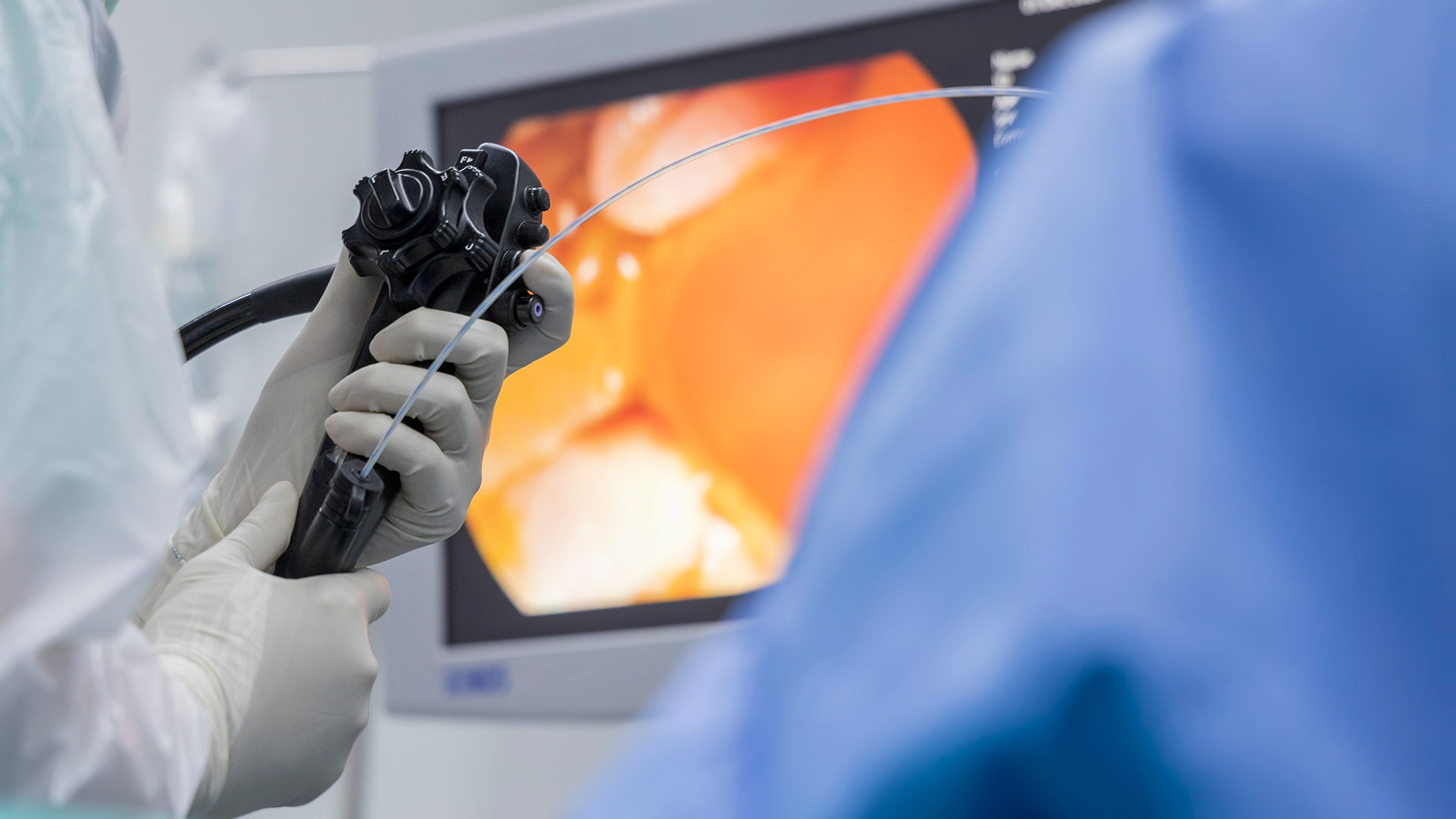
If you’re searching for the most effective treatment for sweaty palms in Singapore, Neumark Lung & Chest Surgery Centre offers advanced options backed by surgical expertise and compassionate care.
We understand how personal and frustrating this condition can be, which is why we approach each case with individual attention. Our centre offers a comprehensive evaluation and diagnosis of the causes of sweaty palms, providing options ranging from non-surgical interventions to surgical sweaty palms treatment when indicated. Before recommending surgery, we conduct a thorough risk-benefit assessment to ensure that the potential benefits outweigh the risks for each patient.
Our experienced team is led by Dr Harish Mithiran, a leading thoracic surgeon in Singapore, known for his expertise in minimally invasive techniques, including video-assisted thoracoscopic sympathectomy. Contact Neumark today to schedule your consultation.

The physiological process that causes sweaty palms and feet is a sympathetic nervous system response mechanism triggered by temperature changes, emotions, or, in the case of palmoplantar hyperhidrosis, even when there are no external stressors. Understanding the sweaty palms causes is crucial for finding the right solution for sweaty palms.
Palmoplantar hyperhidrosis is subjective to each patient. Much like any other medical condition, the severity of your specific case can be discussed, and a recommendation can be suggested following a consultation with the surgeons at Neumark Lung & Chest Surgical Centre. Your case may be moderate or severe enough for you to seek information about the condition. If conservative measures do not show improvement, a surgical approach may be the next step in your journey toward a better quality of life without sweaty palms.
Video-assisted thoracoscopic sympathectomy is a minimally invasive procedure that involves removing parts of the sympathetic nerve chain. Video-assisted surgery interrupts nerve signals, which normally cause sweaty hands and feet. This sweaty palms surgery is a highly effective solution for sweaty hands, offering a permanent cure for many patients.
In most cases, patients may temporarily experience increased hand sweating after palmoplantar hyperhidrosis surgery as the procedure interrupts nerve signals that require time to adjust to new pathways. However, this is typically a short-lived side effect, and patients can expect a significant reduction in sweaty palms following the recovery period.
Coverage for sweaty palms surgery or palmoplantar hyperhidrosis treatment in Singapore varies depending on your insurance provider and plan. Some insurance companies may consider the procedure medically necessary if conservative treatments have failed, while others may classify it as cosmetic. It’s best to check with your insurance provider to understand your coverage options.
DISCLAIMER: The information provided on this website is for general informational purposes only and is not intended as a substitute for professional medical advice, diagnosis, or treatment. The use of this website does not create a doctor-patient relationship and no medical advice should be inferred or assumed. It is the user’s sole responsibility to seek the advice of their healthcare professionals for any medical concerns they may have and the user should not disregard, or delay, prompt medical advice for any such condition.
Neumark Lung and Chest Surgery Centre benefits from the expertise of a multidisciplinary team led by Dr Harish Mithiran, senior consulting thoracic surgeon at Gleneagles Hospital and Mt Alvernia Hospital.
Neumark is a lung and chest specialist centre with access to leading treatment modalities to achieve the best possible outcomes for lung disease and preventative patient screening.
Our foremost priority is to treat your condition as effectively as possible. Schedule a private consultation today; complete the form below, call, +65 6908 2145; WhatsApp, +65 9726 2485; or email, info@neumarksurgery.com.
Gleneagles Medical Centre
6 Napier Road
#02-09 Gleneagles Medical Centre
Singapore 258499
Mount Alvernia Hospital
820 Thomson Road
#06-07 Medical Centre A
Singapore 574623